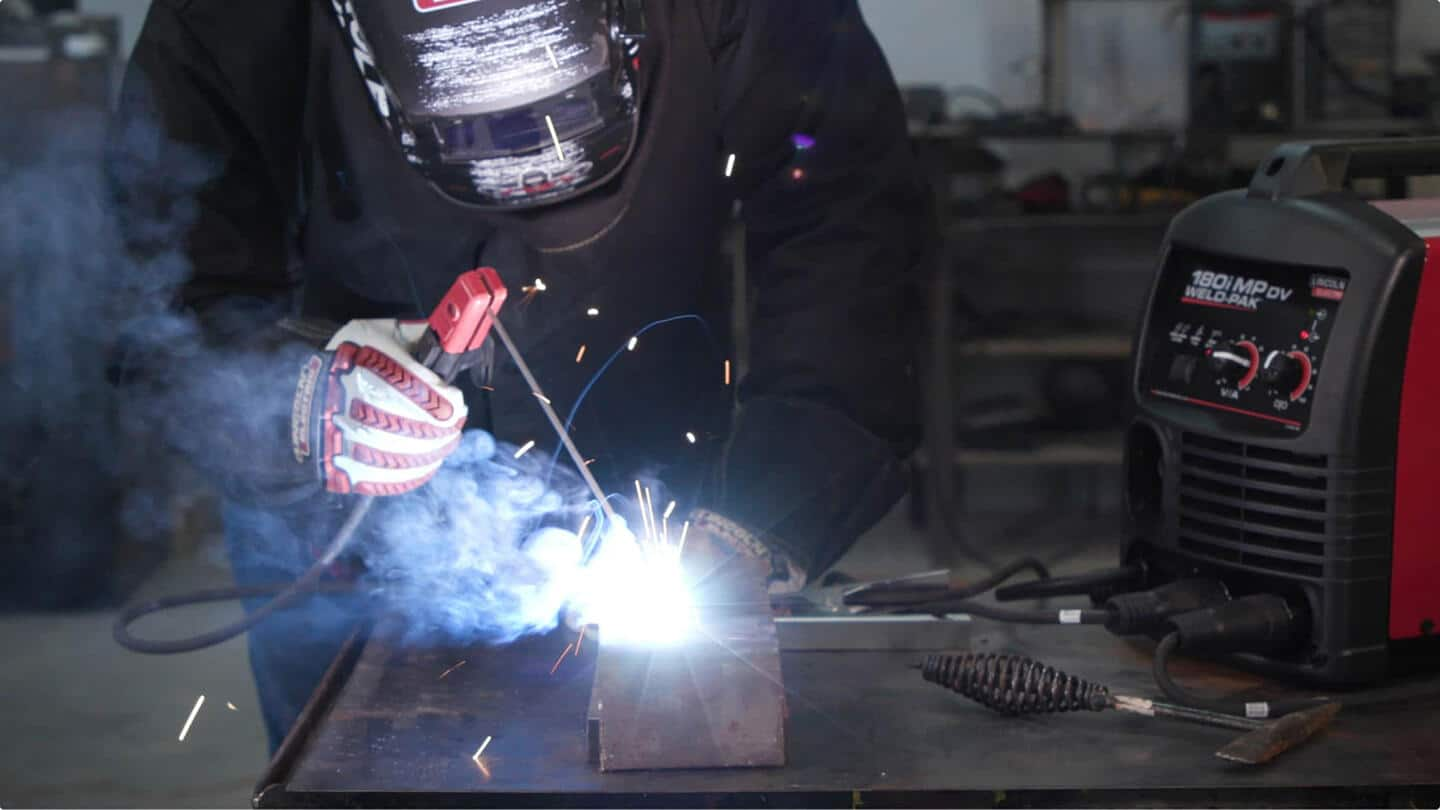The Ultimate Overview to Welding WPS Procedures: A Detailed Review for Welders
In the intricate world of welding, Welding Procedure Requirements (WPS) offer as the backbone of making certain top quality, consistency, and safety in welding operations. Comprehending the nuances of creating, executing, and checking WPS treatments is essential for welders seeking to boost their craft and satisfy sector requirements. As we explore the numerous parts of a WPS and check out the complexities of qualification and certification, we will certainly uncover the essential role these procedures play in the realm of welding. Allow's get started on a trip to unwind the intricacies and significance of WPS treatments in welding practices.
Importance of WPS Procedures
Recognizing the value of Welding Procedure Requirements (WPS) treatments is critical for guaranteeing the high quality and honesty of bonded frameworks. WPS treatments work as a roadmap for welders, detailing the essential steps, parameters, and products needed to achieve an audio weld. By sticking to WPS standards, welders can ensure consistency in their work, resulting in structurally audio and trusted welds.
One of the main reasons that WPS treatments are necessary is their role in preserving weld high quality and stability. Adhering to the defined welding criteria and methods outlined in the WPS aids avoid defects such as porosity, splitting, or insufficient blend, which can endanger the strength and durability of the weld. In addition, WPS procedures are crucial for making sure compliance with sector standards and codes. By complying with established WPS guidelines, welders can show that their work meets the required demands for safety and quality, giving assurance to customers, inspectors, and governing bodies. In significance, the relevance of WPS procedures can not be overemphasized, as they are basic to attaining constant, premium welds that satisfy sector criteria and specifications.

Parts of a WPS
A Welding Procedure Specification (WPS) commonly consists of crucial parts that detail the specific requirements for executing a weld, making certain consistency and quality in the welding procedure. The crucial elements of a WPS consist of essential variables such as base steels, filler steels, preheat and interpass temperatures, welding processes, shielding gases, welding placements, and post-weld warmth therapy requirements.
Base metals describe the materials being joined, while filler metals are used to fill the space between the base steels throughout welding. Preheat and interpass temperatures are critical for regulating the warmth input and protecting against concerns like fracturing or distortion. The welding procedure outlines the details strategy to be utilized, whether it's gas steel arc welding (GMAW), protected metal arc welding (SMAW), or one more method. Protecting gases protect the weld pool from atmospheric contamination. Welding placements specify the orientations in which welding can be executed. Post-weld warmth therapy might be required to alleviate stresses and improve the weld's homes. A comprehensive understanding of these components is crucial for producing a effective and detailed WPS.

Certification and Certification
Having developed the essential parts of a Welding Treatment Specification (WPS), the focus now shifts in the direction of the critical aspects of qualification and qualification in welding techniques.

Accreditation, on the other hand, is the official recognition of a welder's certifications by a relevant accreditation body or organization. Welding accreditations are usually based upon the details welding processes, products, and positions a welder is qualified to collaborate with. Holding a valid welding qualification shows that a welder fulfills sector standards and is proficient to perform check my reference welding tasks to the needed specs.
Developing a WPS
To establish a Welding Procedure Requirements (WPS) that fulfills industry criteria, careful factor to consider of welding processes, products, and functional parameters is vital. The initial step in producing a WPS is to determine the welding process to be used, such as gas metal arc welding (GMAW) or shielded metal arc welding (SMAW)

Executing and Checking WPS
Upon completing the detailed Welding Treatment Specification (WPS) that diligently details welding processes, products, check this operational specifications, and high quality guarantee actions, the focus shifts to successfully implementing and keeping track of the recognized procedures. Execution entails making sure that all welders associated with the project recognize with the WPS and follow it meticulously throughout the welding important link process. This requires supplying ample training and supervision to assure adherence to the defined treatments. Monitoring the WPS includes continual oversight to verify that welding activities line up with the documented requirements. Inspections, screening, and quality assurance procedures are essential components of the tracking process to recognize any type of concerns or variances quickly. Regular audits and testimonials of the welding procedures help in keeping uniformity and top quality throughout the task. Efficient implementation and tracking of the WPS are crucial for ensuring the stability, toughness, and security of the welded joints, inevitably adding to the general success of the welding job.
Verdict
To conclude, understanding and complying with Welding Treatment Specifications (WPS) is crucial for welders to guarantee top quality, uniformity, and security in their job. By recognizing the elements of a WPS, getting correct certifications and accreditations, creating thorough procedures, and implementing and monitoring them efficiently, welders can improve their skills and effectiveness in welding methods. Following WPS treatments is necessary for creating top notch welds and meeting market criteria.
In the intricate world of welding, Welding Treatment Requirements (WPS) offer as the foundation of making certain high quality, consistency, and security in welding operations. The welding procedure outlines the certain strategy to be utilized, whether it's gas metal arc welding (GMAW), secured metal arc welding (SMAW), or another technique.To develop a Welding Treatment Specification (WPS) that meets market criteria, careful consideration of welding processes, materials, and functional specifications is important. The initial action in creating a WPS is to identify the welding process to be utilized, such as gas steel arc welding (GMAW) or secured steel arc welding (SMAW)Upon finalizing the detailed Welding Treatment Spec (WPS) that thoroughly information welding procedures, products, functional criteria, and top quality guarantee actions, the emphasis changes to properly implementing and keeping track of the recognized procedures.